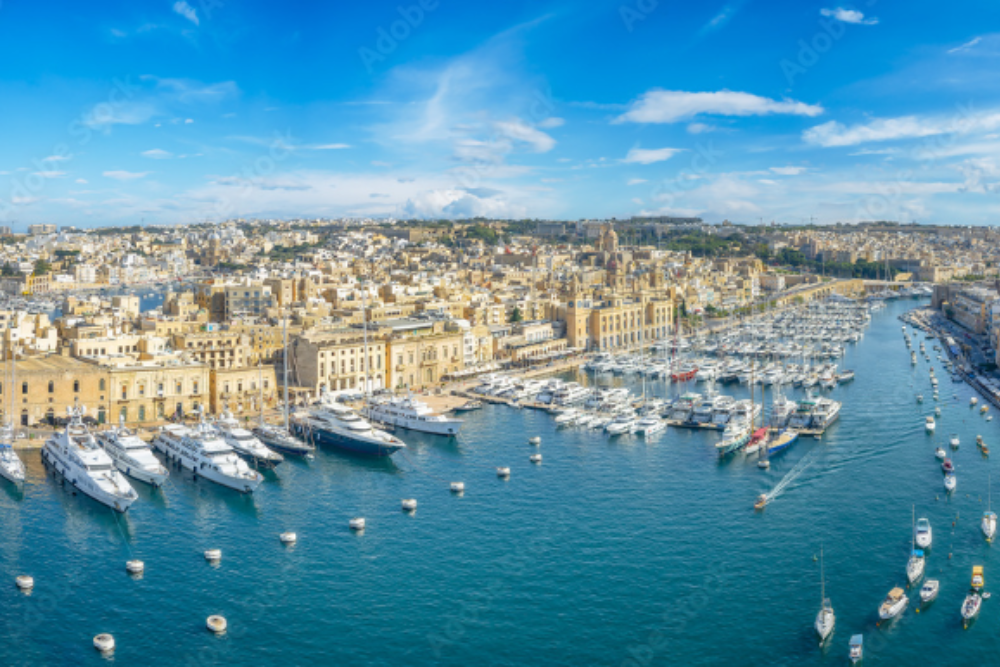Introduction
Fgura is a town situated in the southern locale of Malta, close to the Fantastic Harbor. It is essentially a neighborhood yet has encountered fast improvement in late many years. By and large, Fgura was a provincial town, however it changed essentially following The Second Great War, with the development of lodging and business exercises. The town is known for its cutting edge engineering, and one of its focal tourist spots is the Congregation of Our Woman of Mount Carmel, which includes an unmistakable contemporary plan. Fgura likewise has a dynamic neighborhood local area and offers different conveniences, making it a helpful spot for occupants and guests the same.
Church of Our Lady of Mount Carmel:

A modern architectural marvel and the town’s central religious site. Its striking design makes it an interesting place to visit for those interested in contemporary church architecture.
Fgura Garden:
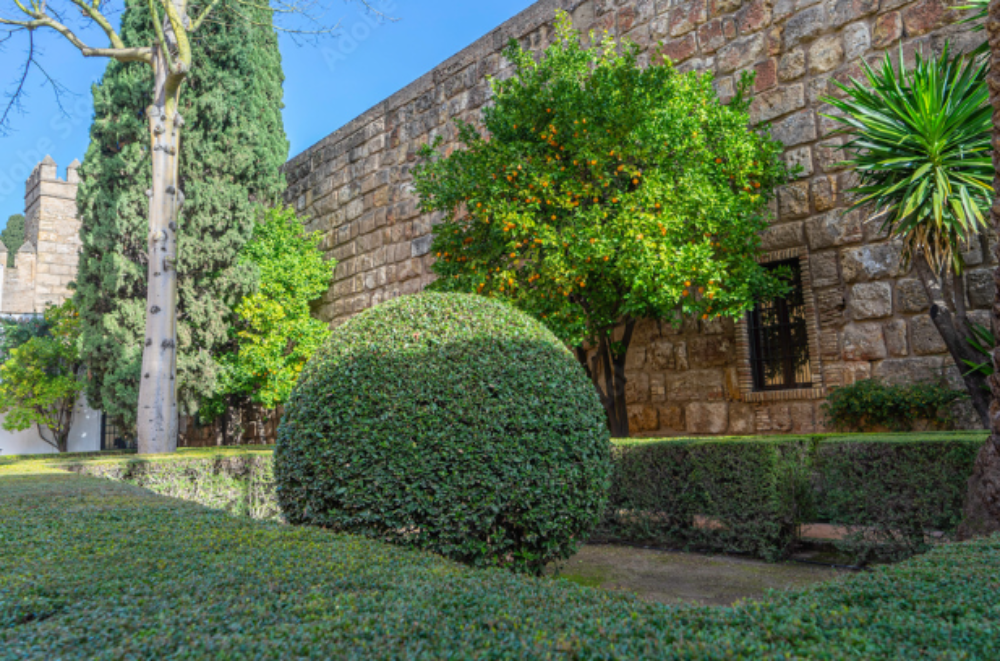
A small yet peaceful garden ideal for a relaxed walk or to unwind in the heart of the town. It’s popular with locals and offers a family-friendly atmosphere.
Local Markets:
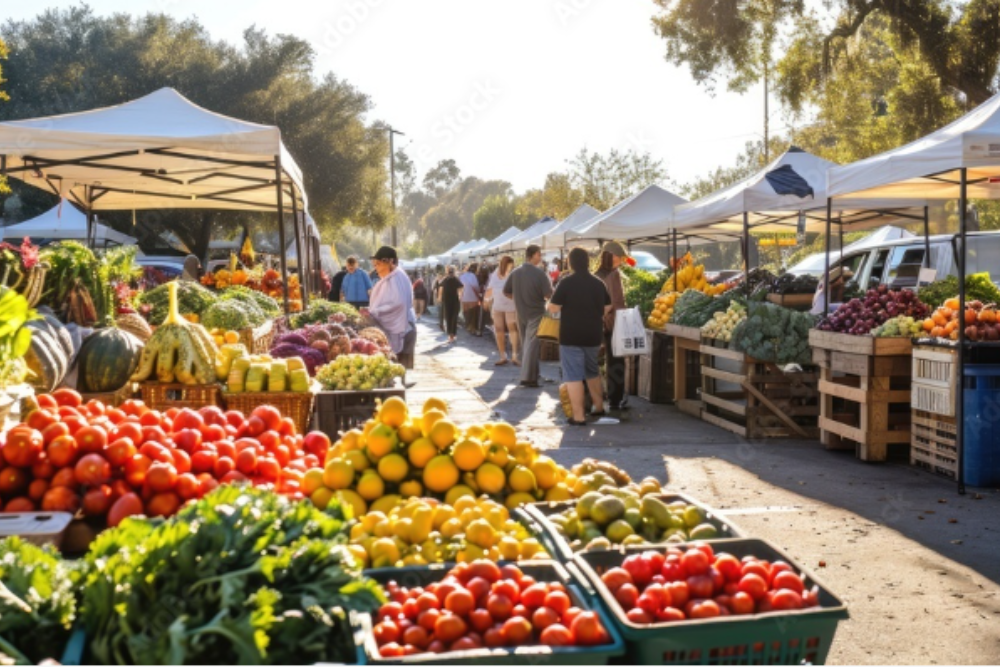
Fgura has several local shops and markets where you can experience Maltese life and cuisine. It’s a great way to connect with the local community and sample traditional Maltese foods.
Three Cities (Vittoriosa, Senglea, and Cospicua):
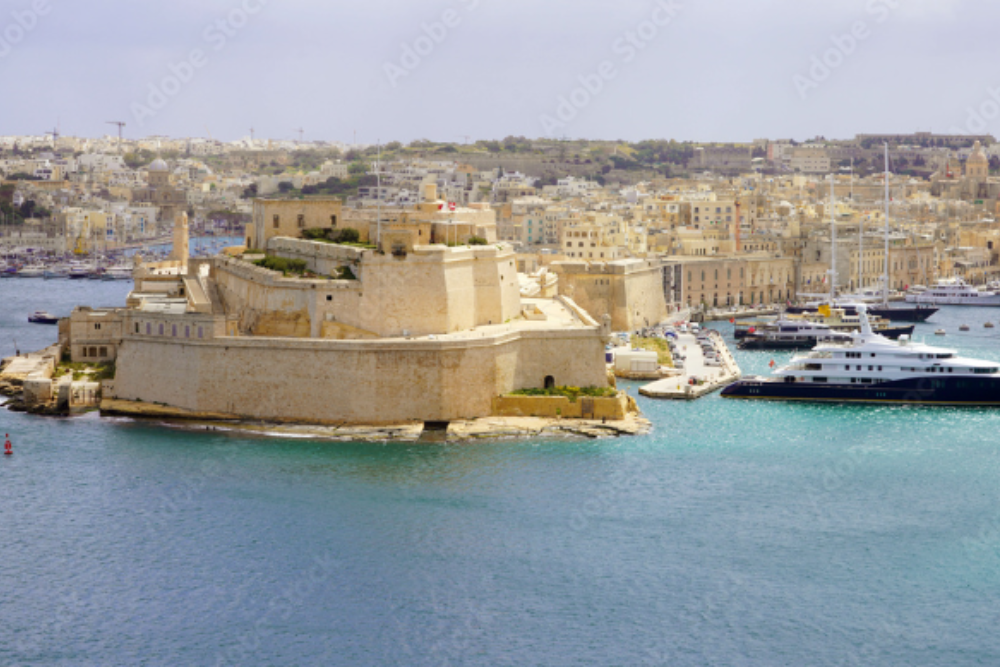
Just a short drive from Fgura, these historic cities around the Grand Harbour are steeped in history. Explore the ancient streets, visit museums, and enjoy the maritime views.
Tarxien Temples:
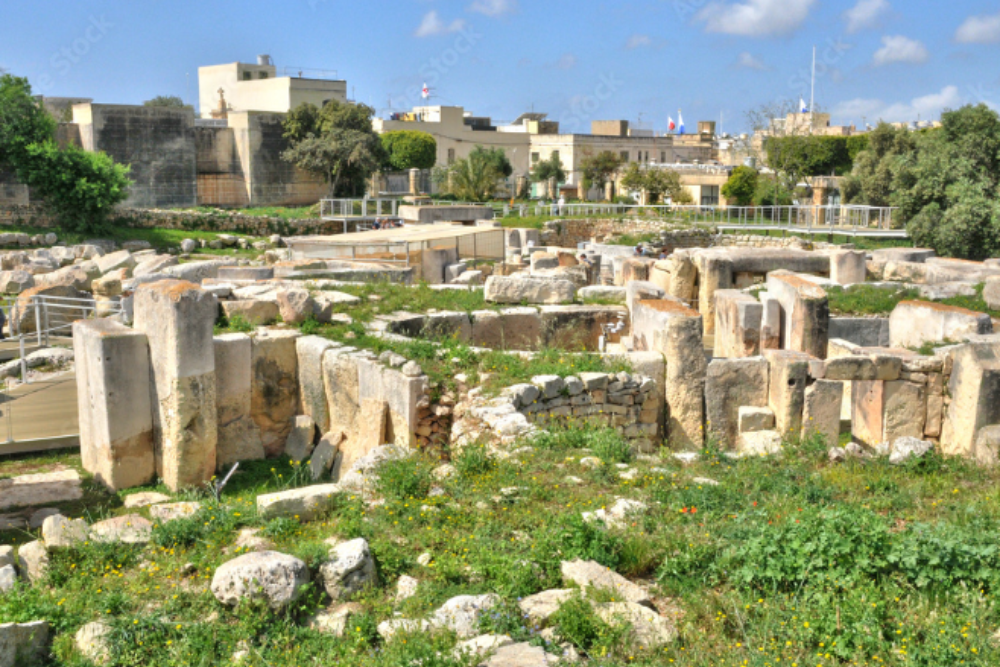
A UNESCO World Heritage site located a few minutes from Fgura. These prehistoric temples date back to around 3150 BC and are some of the best-preserved in Malta.
Marsaxlokk Fishing Village:
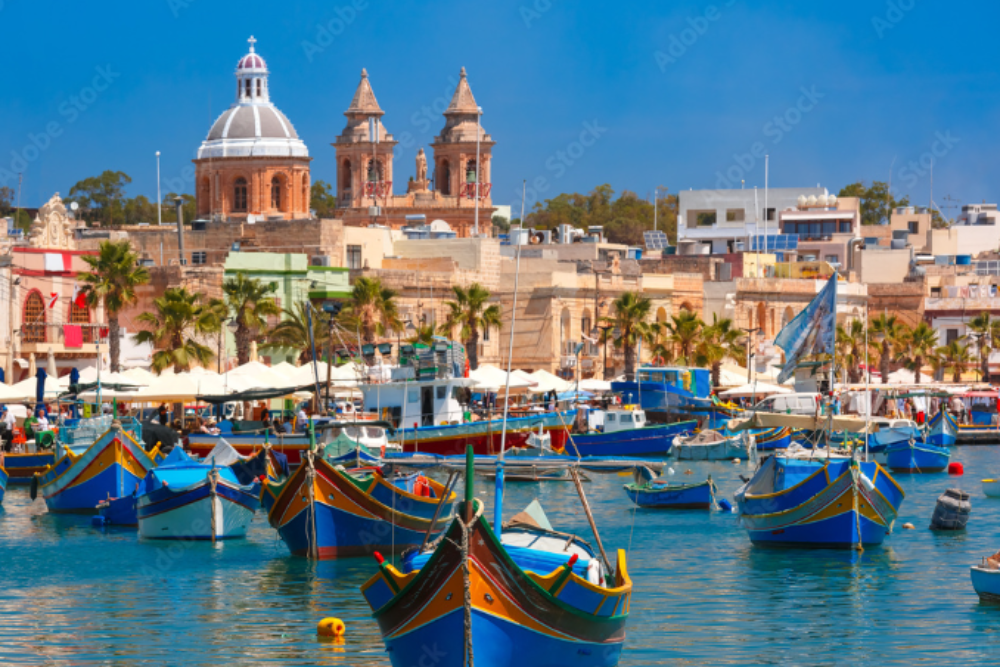
A 15-minute drive away, Marsaxlokk is famous for its colorful traditional boats (luzzu) and fresh seafood. It’s a great place to stroll by the harbor and enjoy a meal by the sea.
St. Peter’s Pool:
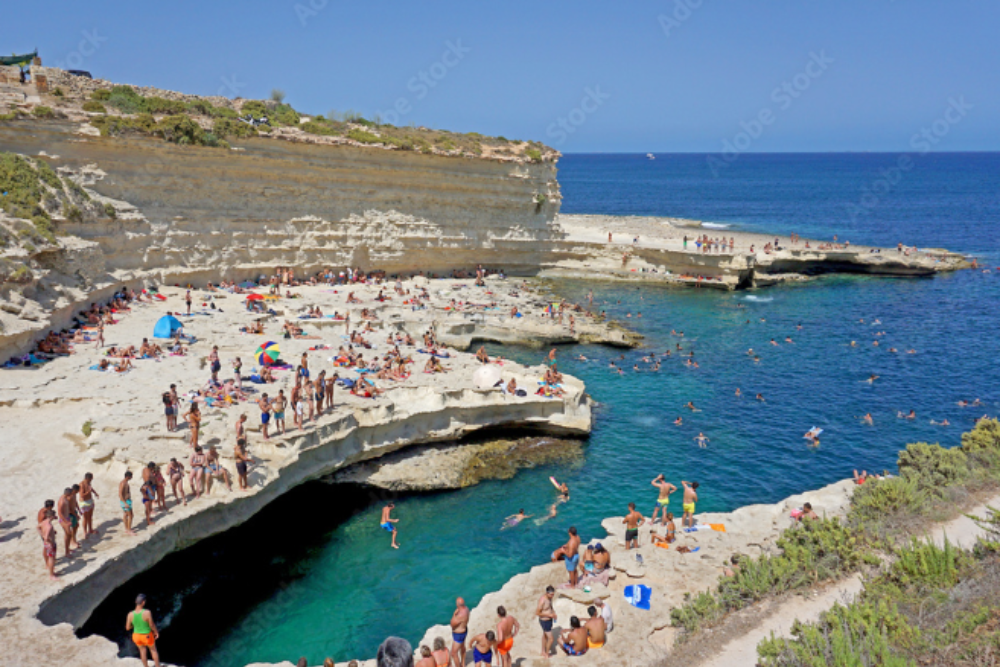
A short distance from Fgura, this natural swimming pool is perfect for an adventurous swim or cliff diving. The clear waters and rocky cliffs make it a favorite spot for both locals and tourists.
Grand Harbour Boat Tours:
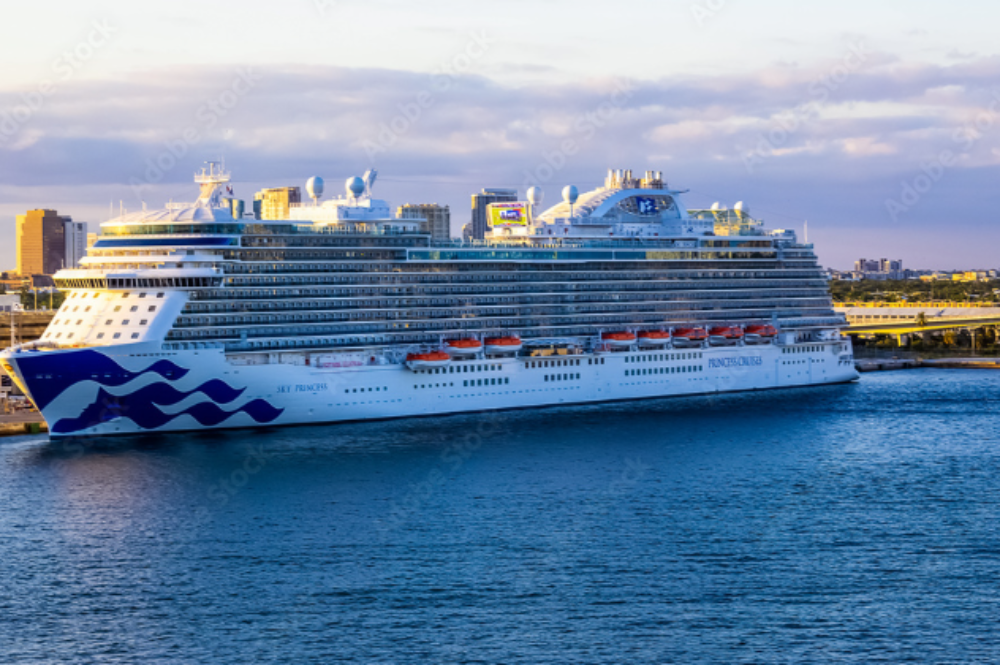
Fgura’s proximity to the Grand Harbour allows easy access to boat tours that explore Malta’s coastline, taking you to forts, natural caves, and historic sites.
Cycling and Walking Tours:
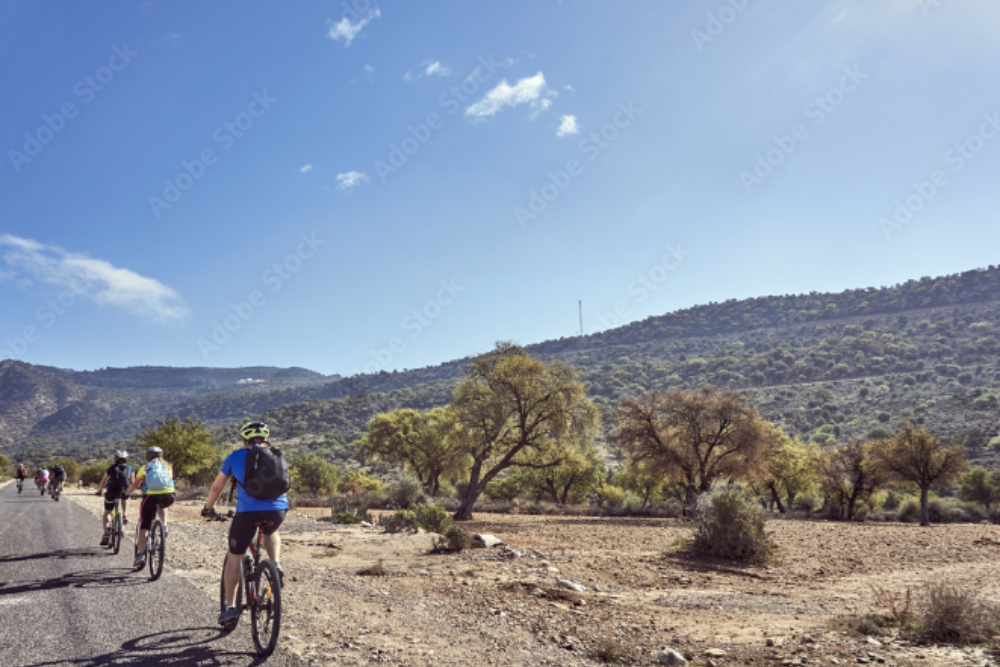
Rent a bike and explore Fgura and the surrounding areas. The town’s streets are a mix of older, narrow passages and newer, wider roads, making it a fun area to cycle through while discovering its local charm.
Dos and Don’ts in Fgura
When visiting Fgura, as with any place in Malta, it’s important to respect local customs and the community. While Fgura is generally a friendly and welcoming town, here are some Dos and Don’ts to help you make the most of your visit:
Dos
- Respect Local Traditions and Religion: Malta is overwhelmingly Catholic, and the Congregation of Our Woman of Mount Carmel in Fgura is a focal spot of love. Assuming you visit, dress humbly and regard the quietness and worship expected in temples.
- Engage with Locals: Maltese individuals are known for their benevolence and neighborliness. It’s constantly valued assuming that you take part in well-disposed discussion, regardless of whether simply requesting bearings or proposals. A straightforward “Ħello” (Hi) or “Grazzi” (Thank you) in Maltese can go quite far.
- Try Local Food: Fgura offers a scope of neighborhood Maltese food varieties. Try not to botch the opportunity to attempt pastizzi (flaky baked good with fillings like ricotta or peas) or ftira (customary Maltese sandwich). It’s likewise really smart to test neighborhood desserts like imqaret (broiled date cakes).
Don’ts
- Don’t Disrespect Religious Sites: Malta is a profoundly strict nation, and numerous local people treat their confidence in a serious way. While visiting houses of worship or strict locales, keep away from clearly discussions, unseemly way of behaving, or wearing uncovering clothing. Regard the holy idea of these spots.
- Avoid Littering: Maltese towns are by and large spotless, and local people invest wholeheartedly in keeping up with this. Continuously discard waste in assigned canisters, and be careful not to abandon litter.
- Don’t Enter Private Property Without Permission: Fgura, in the same way as other Maltese towns, has a blend of public and confidential spaces. On the off chance that you’re investigating the region, be certain not to meander into private properties or homes without consent. Continuously regard nearby inhabitants’ protection.
Best time to reach in Fgura
The best time to visit Fgura (and Malta in general) largely depends on your preferences for weather, activities, and crowds. Here’s a breakdown of what you can expect during different seasons:
1. Spring (March to May)
- Gentle climate, less groups, outside exercises
- Spring in Malta is by and large gentle and wonderful, with daytime temperatures going from 15°C to 20°C (59°F to 68°F). This makes it an incredible opportunity to investigate the roads of Fgura and close by attractions without the extreme summer heat.
- The island’s blossoms are in full sprout, and it’s an extraordinary time for strolling visits, investigating the shore, and getting a charge out of nearby celebrations and occasions. Spring likewise offers a calmer, quieter environment, so you can keep away from the mid-year vacationer rush.
2. Summer (June to August)
- Ocean side exercises, celebrations, energetic nightlife
- Malta encounters blistering, dry summers with temperatures frequently surpassing 30°C (86°F), here and there coming to as high as 35°C (95°F) in July and August. It’s bright consistently, so you can expect long days loaded up with daylight.
- Summer is the pinnacle season for travelers in Malta, and keeping in mind that Fgura itself probably won’t be a significant vacationer location, the close by regions, like Marsaxlokk, Valletta, and Sliema, are humming with action. You can appreciate open air celebrations, shows, and occasions. It’s likewise ideally suited for visiting sea shores and swimming, however be ready at higher convenience costs and bigger groups.
3. Autumn (September to November)
- Warm climate without the late spring swarms, nearby celebrations
- Early harvest time offers warm temperatures, averaging around 22°C to 28°C (72°F to 82°F), with cooling breezes. By November, the weather conditions becomes cooler and more agreeable for touring, with temperatures decreasing to around 15°C to 20°C (59°F to 68°F).
- Fall is a phenomenal chance to visit Fgura and Malta overall. The island is less packed than in summer, so you can partake in the neighborhood sights and sea shores without the pinnacle season rush. Numerous nearby celebrations, including harvest celebrations and wine samplings, occur during this period.
4. Winter (December to February)
- Peaceful, slow time of year visits, lower costs
- Winter in Malta is gentle contrasted with most European objections, with temperatures going from 10°C to 15°C (50°F to 59°F). It seldom dips under 10°C (50°F). While it’s not warm enough for swimming, it’s as yet charming enough for touring.
- Winter is the slow time of year, so you’ll experience less sightseers, making it a great time for a more loosened up experience. It’s great for investigating verifiable locales, galleries, and partaking in Malta’s Christmas celebrations. Convenience and flight costs are additionally lower during this time.



